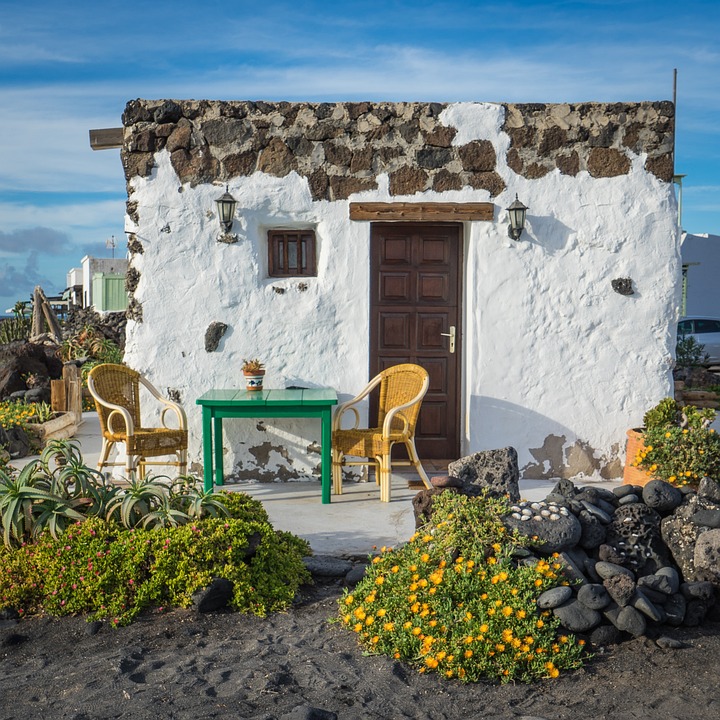Introduction
The Costa Brava region in Spain is known for its stunning coastline and vibrant beach resorts, but it also hides a rich historic side waiting to be explored. From ancient castles to mysterious ruins, there is a wealth of history to discover in this beautiful part of Catalonia. Join us as we delve into the fascinating historic landmarks that will transport you back in time.
1. Castell de Tossa de Mar
Perched on a hilltop overlooking the Mediterranean Sea, the Castell de Tossa de Mar is a medieval castle that dates back to the 12th century. Its strategic location provided a defense point against pirate attacks during the Middle Ages. Today, visitors can explore the well-preserved fortress, wander through its courtyards, and enjoy panoramic views of the surrounding area.
2. Ruins of Empúries
Step into the past by visiting the ancient Greco-Roman city of Empúries. Founded in the 6th century BC, this archaeological site showcases the remains of a once-thriving settlement. Explore the preserved city walls, walk along the ancient streets, and marvel at the well-preserved mosaic floors of the Roman villas. The onsite museum provides further insights into the history and culture of Empúries.
3. Sant Pere de Rodes Monastery
Nestled in the foothills of the Pyrenees, the Sant Pere de Rodes Monastery is a magnificent example of Romanesque architecture. Dating back to the 10th century, this former Benedictine monastery offers visitors a glimpse into the region’s religious and cultural heritage. Explore the cloisters, admire the intricate stone carvings, and enjoy the breathtaking views from the monastery’s hilltop location.
4. Castle of Peratallada
Discover the charm of the medieval village of Peratallada and its well-preserved castle. Dating from the 10th century, this fortified castle boasts a beautiful collection of Gothic and Romanesque elements. Wander through the narrow cobblestone streets, admire the stone buildings, and soak up the atmosphere of this enchanting place.
5. Medieval Village of Pals
Travel back in time to the Middle Ages with a visit to the village of Pals. This picturesque town is characterized by its well-preserved medieval walls and narrow streets lined with stone houses. Climb to the top of the Romanesque tower for panoramic views and explore the historic center, where you’ll find charming squares and hidden corners waiting to be discovered.
FAQs
1. Are these historic sites accessible to visitors with disabilities?
While some historic sites may have limited accessibility due to their age and structural limitations, efforts have been made to ensure accessibility wherever possible. It’s recommended to check with each site for specific details and accommodations.
2. Can I book guided tours of these historic landmarks?
Yes, guided tours are available for many of these historic landmarks. They provide in-depth insights into the history and significance of each site. Booking in advance is recommended to secure your spot.
3. Are there entrance fees for these historical sites?
Yes, most historical sites charge an entrance fee to help with the maintenance and preservation of the landmarks. The fees vary depending on the site and often include access to additional exhibits or guided tours.
